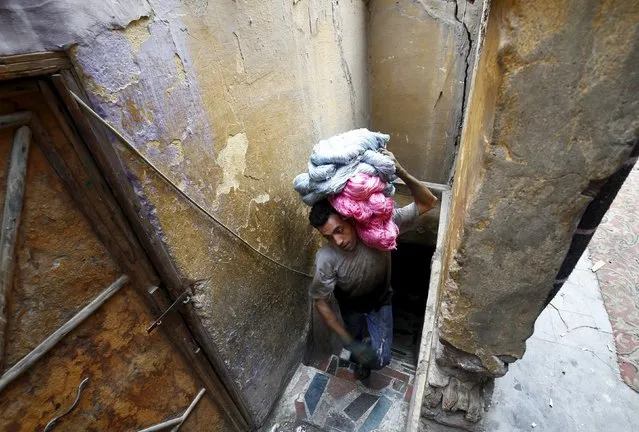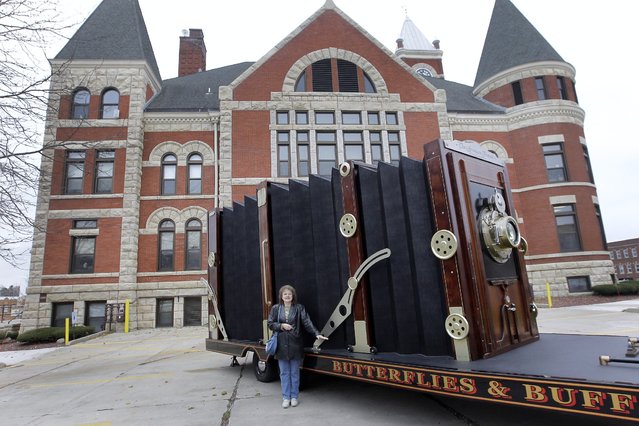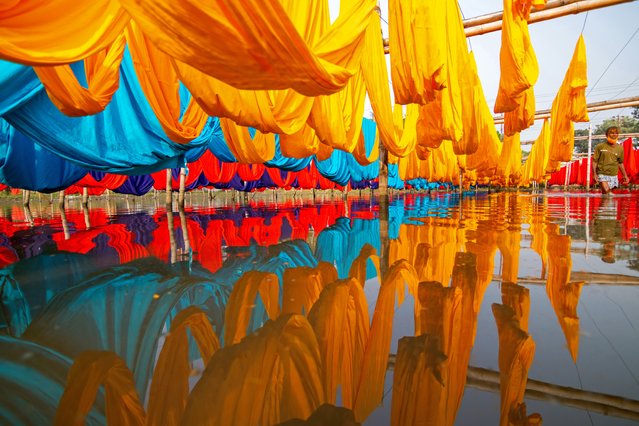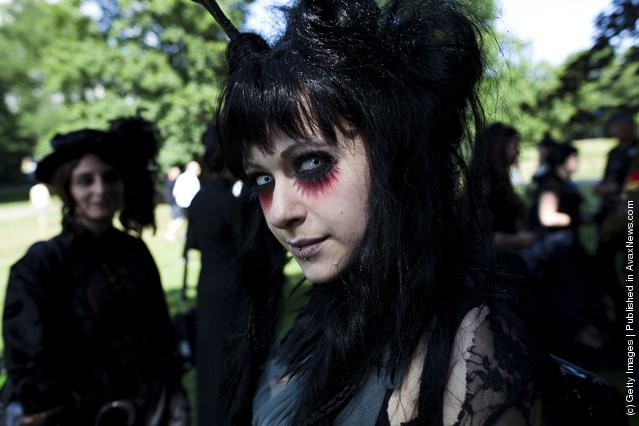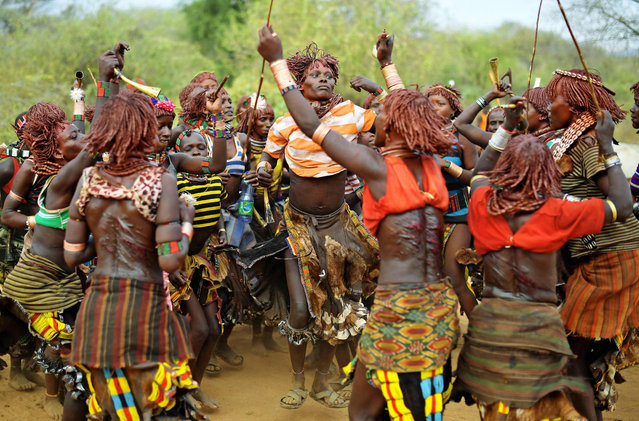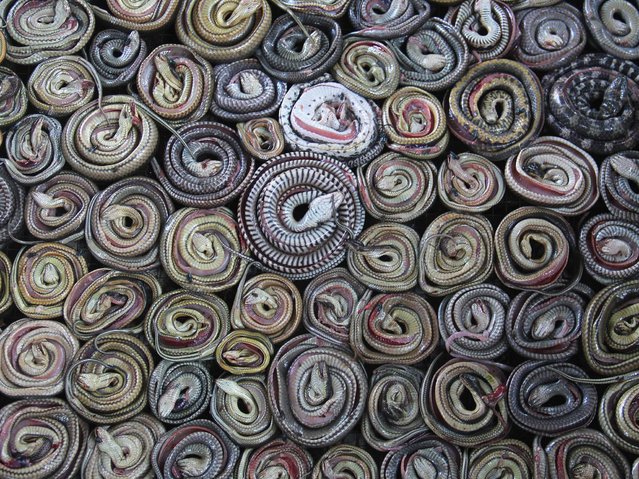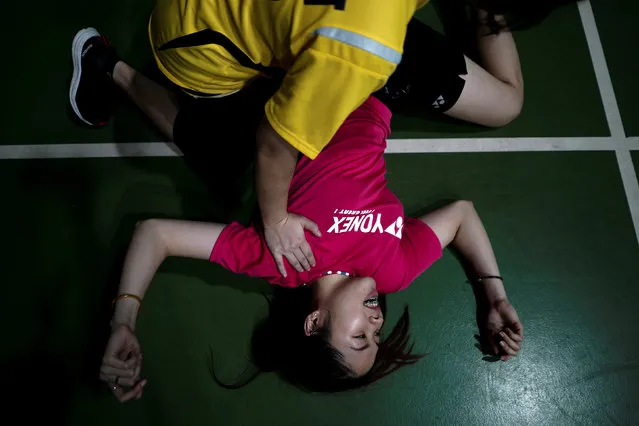
Thailand's badminton player Ratchanok Intanon, who hopes to win gold at the Rio Olympics, receives a massage during a morning training session at a gym in Bangkok, Thailand, June 22, 2016. As the humble daughter of factory workers at a Bangkok sweet-maker, badminton was a ticket out of poverty for Ratchanok Intanon, who hopes winning gold at the Rio Olympics might inspire more Thai girls to chase their dreams. (Photo by Athit Perawongmetha/Reuters)
12 Jul 2016 12:24:00,post received
0 comments

